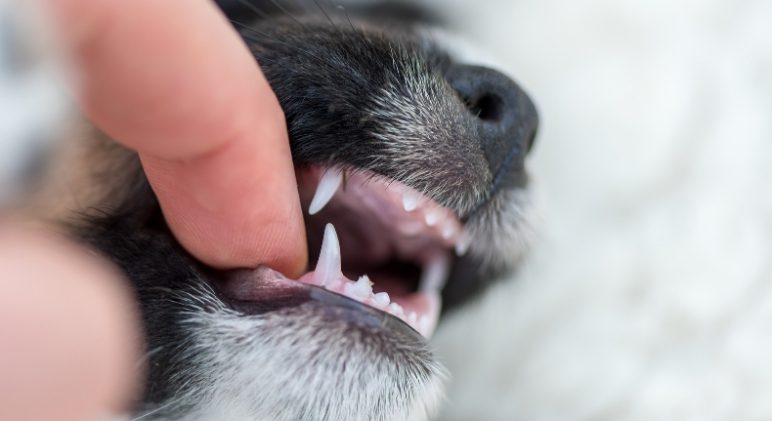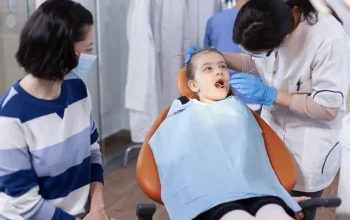Introduction: Welcoming a new puppy into your home is an exciting and joyful experience. As a responsible pet owner, it’s essential to understand the various stages of your puppy’s development, including its teeth. Just like human babies, puppies go through different stages of dental development. In this article Pomeranian puppies for sale near me, we will explore the puppy teeth stages and provide you with important information to ensure your furry friend’s oral health.
- Primary (Deciduous) Teeth: During the first few weeks of a puppy’s life, its primary teeth, also known as deciduous teeth or “milk teeth,” start to erupt. These are temporary teeth that serve puppies until their permanent teeth grow in. Most puppies will have a total of 28 deciduous teeth.
- Teething: Around the age of three to four months, puppies begin teething. This stage is characterized by the loss of their primary teeth and the emergence of their adult teeth. The teething process can be uncomfortable for puppies, and they may exhibit symptoms like chewing on objects, increased drooling, and mild irritability.
- Mixed Dentition: During the teething stage, puppies will have a combination of primary and adult teeth, referred to as the mixed dentition stage. It’s important to keep a close eye on your puppy’s dental health during this time to ensure proper alignment and the healthy development of their adult teeth.
- Permanent (Adult) Teeth: As your puppy grows, their adult teeth gradually replace the primary teeth. The permanent teeth consist of 42 teeth, including incisors, canines, premolars, and molars. This process typically completes by the time a puppy is six to eight months old, depending on the breed.
- Dental Care for Puppy Teeth: Proper dental care is crucial during all stages of your puppy’s dental development. Here are a few key tips to keep in mind:
- Regular Brushing: Start a dental hygiene routine early by brushing your puppy’s teeth using a soft-bristled toothbrush and toothpaste specifically designed for dogs. Begin with short sessions and gradually increase the duration as your puppy gets accustomed to the process.
- Chewing Toys: Provide appropriate chewing toys for your teething puppy. Chew toys help alleviate discomfort, stimulate their gums, and discourage them from chewing on inappropriate objects.
- Veterinary Check-ups: Schedule regular check-ups with your veterinarian to monitor your puppy’s dental health. Your vet can identify any potential issues and provide guidance on proper oral care.
- Healthy Diet: Feed your puppy a balanced and nutritious diet to support their overall health, including their dental well-being. Consult your veterinarian for recommendations on puppy food that promotes healthy teeth and gums.
Conclusion: Understanding the different stages of puppy teeth development is essential for ensuring your furry friend’s oral health and overall well-being. By providing proper dental care, regular veterinary check-ups, and a healthy diet, you can help your puppy develop strong and healthy adult teeth. Remember, early dental care sets the foundation for a lifetime of good oral hygiene for your beloved pet.




